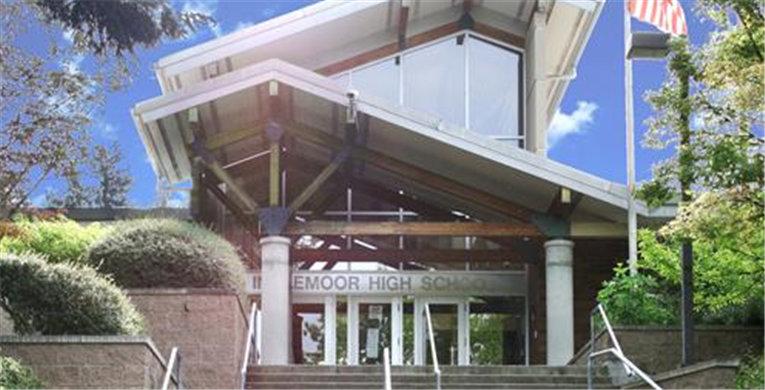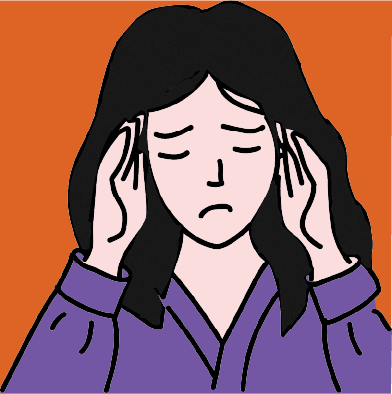On July 21st, superintendent Michelle Reid released an official statement regarding Northshore School District’s plans to reopen schools in the fall with a 100% distance learning model. Students will learn remotely, while staff will be able to access campuses on a limited and monitored basis. Reid said that the decision was in line with the district’s commitment to the health and safety of students, families, and staff.
“As the science of COVID-19 continues to evolve, and our understanding of the impact of young people on the possible community transmission rates become better known, we have a responsibility to better understand that our school district is not an island,” Reid said. “Further, with the significant number of high risk staff we have in critical positions, the task of reopening schools in person is compounded.”
Although this decision necessarily and understandably prioritizes the wellbeing of students and staff, there are a plethora of challenges associated with distance learning that raise concerns regarding the use of such a model for the upcoming school year.
The quality of learning for many students this past spring was adversely affected by the use of a remote system. In one investigation by the New York Times, many students noted that they found it difficult to learn without the luxury of a physically present teacher or peer to assist them.
For younger students, a fundamental part of education is centered around the development of social skills, which is hindered by the lack of student-teacher and peer-to-peer interaction created by remote learning. Online-learning also requires self-direction, which is not common among young children. This places a burden on parents, who often have to juggle full-time employment in addition to childcare, to play a larger role in their child’s education and thus creates a significant challenge for many families.
Older students, particularly those in high school and in standardized programs such as AP and IB, also face struggles created by remote education. Many in-depth learning strategies used in high school rely on collaborative activities such as group discussions and projects that cannot always be effective in a remote setting. Moreover, advanced learning through such programs heavily emphasizes testing and strong, knowledge-based learning that cannot be conducted from home. Labs, exams, and other assessments of knowledge require a monitored and in-person environment to preserve integrity and to incite students to learn.
Regardless, however, safety should and will always be the number one priority. That said, schools in other countries such as Japan, Sweden, and Uruguay have successfully reopened without any major outbreaks, due to strict social distancing and safety measures. Such policies are reflected in Northshore’s proposed hybrid model, with intent to limit classroom capacity through alternating schedules or combining online learning with in-person learning. The model itself consists of six stages, ranging from remote education to limited onsite learning to complete in-person instruction. Utilizing an educational model similar to one of the middle stages, with more precautions and safety directives, would make some degree of classroom-based learning possible.
The implementation of this model sooner, rather than later, will help to effectively balance safety with education. OSPI, in a recently released planning guide for reopening schools this year, actually provided a functional outline for the process, making it a considerably more feasible task. In terms of safety, a recent study, published in the Lancet journal, found that social distancing, combined with mask use, dropped transmission rates to 3.1% and that more than one meter of distance dropped rates to 2.6%. These findings support the practicality of a hybrid learning model when adequate preventative measures are taken, such as restricting student numbers based on physical classroom size or spacing out desks.
Therefore, the district can and should seek to incorporate a limited form of in-person learning into the upcoming school year, combined with strict safety precautions. By doing so, a better and more well-rounded balance between health and a high-quality learning process can be achieved.
















